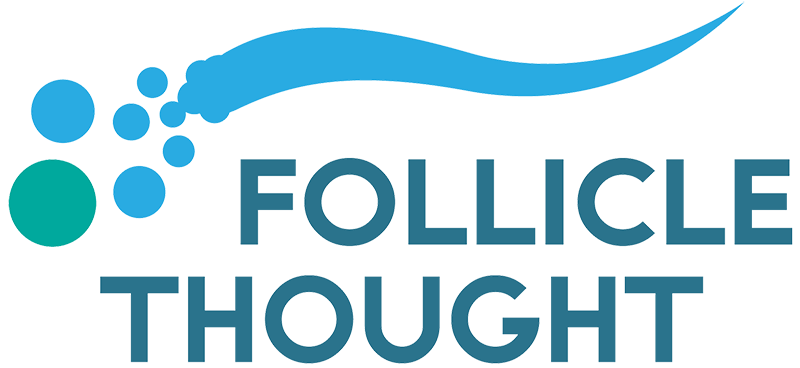Sun Pharma Reveals Efficacy Data for Deuruxolitinib for Alopecia Areata
Sun Pharma revealed data at the 2024 Fall Clinical Dermatology Conference (held between October 24th – 27th, 2024, in Las Vegas, Nevada) regarding the efficacy of LEQSELVI (deuruxolitinib), its treatment for alopecia areata (AA). The data includes collated results from open-label extension studies that have monitored LEQSELVI used for up to 68 weeks. Improvements were measured using the Severity of Alopecia Tool (SALT)
Results
The press release reported that at the end of Week 24:
- 32.6% of patients receiving 8 mg twice daily reached a SALT ≤20 score (meaning that the patient had 20% total scalp hair loss).
- This number increased to 48.8% using the Last Observation Carried Forward (LOCF) analysis by Week 68.
- Further increases were observed to be 76.6% using the As Observed (AO) analysis by Week 68.
What are LOCF and AO?
When studies have participants withdraw from a study before the end, they can choose to analyze the data in multiple ways. Two of these are LOCF and AO.
LOCF
The last observation carried forward uses the last measurement taken (in this case, the SALT score) and assumes that the value remains constant until the end of the study. This allows the researchers to include this data in the study. However, it does have an important downside. This method can underestimate the treatment effect in progressive conditions (like alopecia), where improvements might continue over time, leading to a more conservative estimate of efficacy.
AO
The as-observed analysis only included data from participants who completed the study until Week 68. So, this approach may overestimate the treatment effect if participants who dropped out were less likely to respond to treatment, leading to inflation of efficacy results by excluding non-responders.
The large difference between LOCF and AO results suggests a notable amount of attrition, raising questions about why the participants dropped out.
Side Effects
Data from placebo-controlled trials has found that the three most common side effects were headaches, acne, and nasopharyngitis. However, some people might also be affected by serious infections, malignancies, thrombosis, gastrointestinal perforations, and laboratory abnormalities.
Reflections
This data represents more positive results for Sun Pharma after their recent FDA approval for deuruxolitinib as it now enters the bank of approved JAK inhibitors for the treatment of AA. However, how the data is analyzed raises some questions, and the results presented should probably be looked at conservatively. It’s likely that the true percentage of patients reaching a SALT ≤20 score is somewhere between the LOCF and AO results. Regardless, improvements were observed and it adds another option for AA treatment.
Posted in Alopecia Areata, Hair Growth Treatment, Sun Pharma


Did you hear the news about Stemson Admin? 🙁
Yes, I did hear that, I will be reaching out to confirm.
Hi Yoyo, I heard about the sad news as well, so I guess we won’t see hair cloning within our lifespans? What is your estimate now? I feel like Stemson was the most promising one and now that they failed we are pretty much doomed.
The only remaining ones are Fukuda and Organtech, both in Japan. I guess we have to rely on them for now
Hi Yoyo, so if these 2 also don’t deliver results, hair regeneration will be doomed essentially? At least for the next 30-50 years…
I don’t understand how Stemson had money issues when Veradermics raised $75 Million. Hopefully Geoff can reach out to the same investors for a possible comeback
Hi, maybe the lack of funding is just an excuse, their technology was not there so investors chose not to invest. So seems like our hopes are shattered and hair cloning may not even become available in our lifespans?
Hey Admin thank you for confirming the news with Stemson. Would it be possible to catch up on OrganTech for the new years as it’s been a while as it seems they are our last chance for now? Thanks!